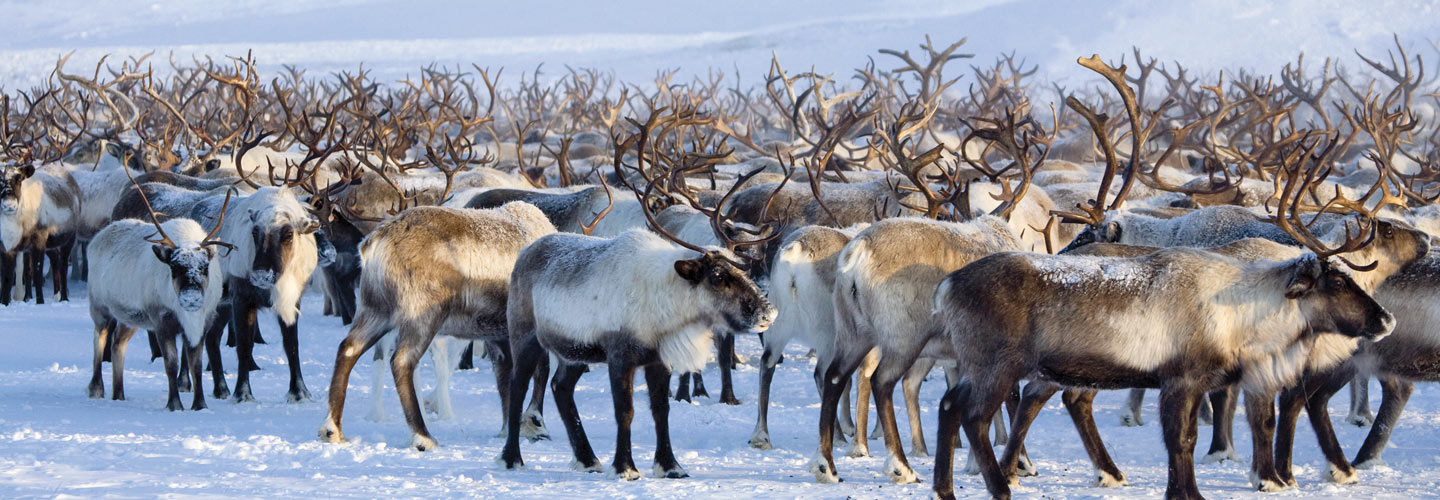Last July, a mysterious illness began sweeping across the Yamal Peninsula—a cold, remote region of northwestern Siberia, a part of Russia. Animals and people began exhibiting strange symptoms. Within a few weeks, the disease had wiped out more than 2,000 reindeer. Hundreds of people were suspected of being infected and had to be hospitalized. After several days of being treated, a 12-year-old boy who had experienced fever and vomiting died.
The strange infection was anthrax—a deadly disease that can cause sores on the skin, stomach problems, and pneumonia, an inflammation of the lungs. Sickness from anthrax hadn’t been reported in the region since 1941. So what caused it to suddenly reappear? Russian authorities are blaming an unusual heat wave that hit the region last summer.
Last July, a mysterious illness began sweeping across the Yamal Peninsula. This cold, remote region lies in northwestern Siberia, a part of Russia. Animals and people began showing strange symptoms. Within a few weeks, the disease had wiped out more than 2,000 reindeer. Hospitals cared for hundreds of people thought to be infected. One of them was a 12-year-old boy who had suffered from fever and vomiting. After several days of treatment, he died.
The strange infection was anthrax. This deadly disease can cause skin sores, stomach problems, and pneumonia, an inflammation of the lungs. Sickness from anthrax hadn’t been reported in the area since 1941. So what caused it to suddenly reappear? Russian authorities think they know. They’re blaming an unusual heat wave that hit the region last summer.


 THROUGH THE AIR: It’s possible to inhale anthrax by breathing in bacterial spores on infected animal products. Cold-like symptoms can take weeks to appear, but are often followed by shock and death.
THROUGH THE AIR: It’s possible to inhale anthrax by breathing in bacterial spores on infected animal products. Cold-like symptoms can take weeks to appear, but are often followed by shock and death. THROUGH THE INTESTINES: Consuming infected meat or water can cause inflammation of the intestinal tract, nausea, fever, and vomiting within seven days. Between 25 percent and 60 percent of cases are fatal.
THROUGH THE INTESTINES: Consuming infected meat or water can cause inflammation of the intestinal tract, nausea, fever, and vomiting within seven days. Between 25 percent and 60 percent of cases are fatal. THROUGH THE SKIN: Anthrax spores can enter the body through small cuts and abrasions. Symptoms can include skin infections, which can spread to the lymph nodes. Anthrax is rarely fatal when treated with antibiotics.
THROUGH THE SKIN: Anthrax spores can enter the body through small cuts and abrasions. Symptoms can include skin infections, which can spread to the lymph nodes. Anthrax is rarely fatal when treated with antibiotics.